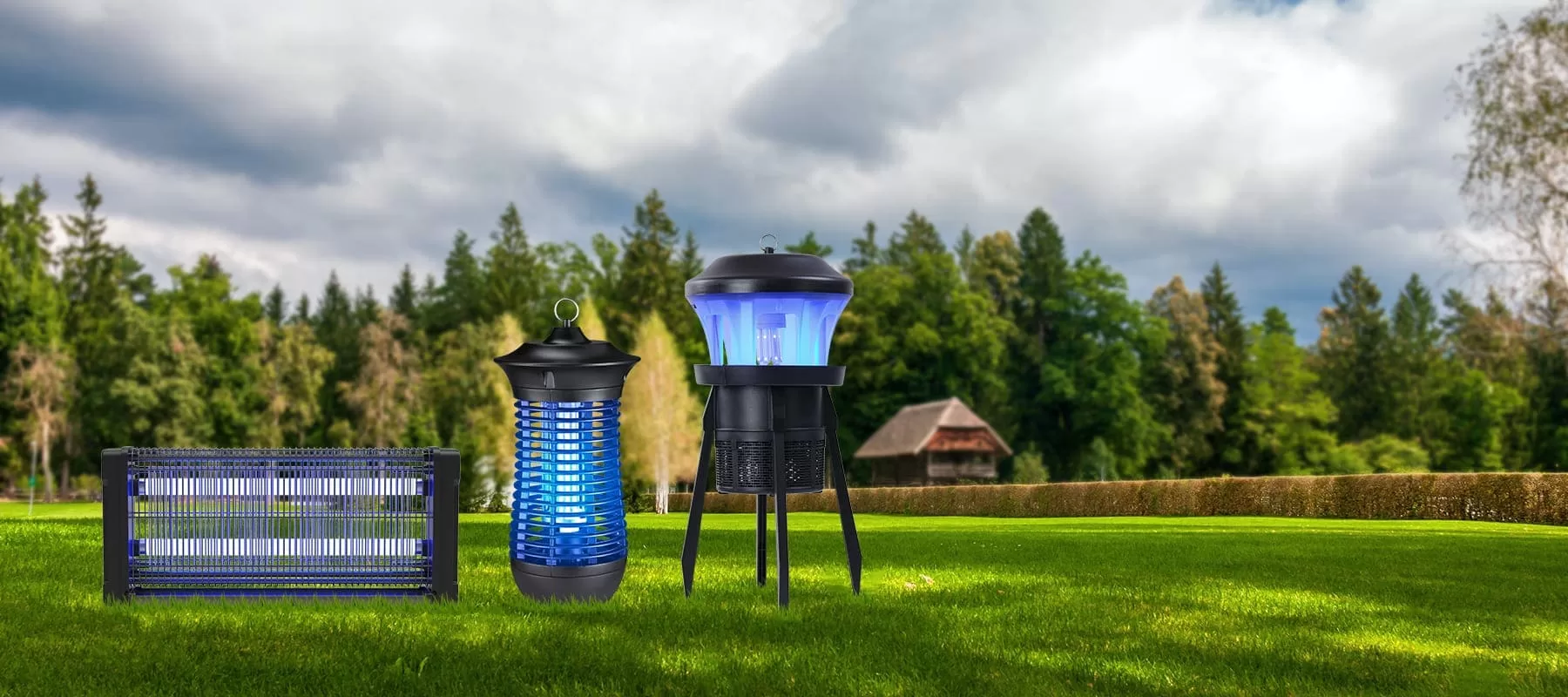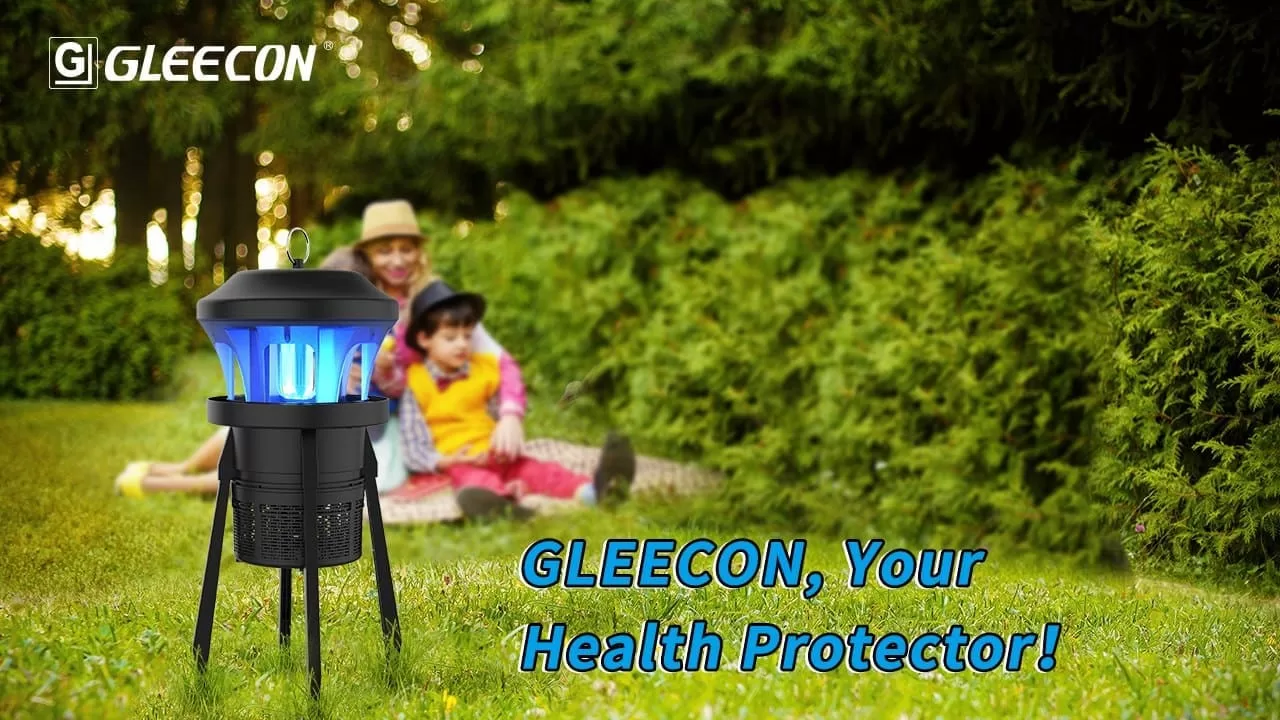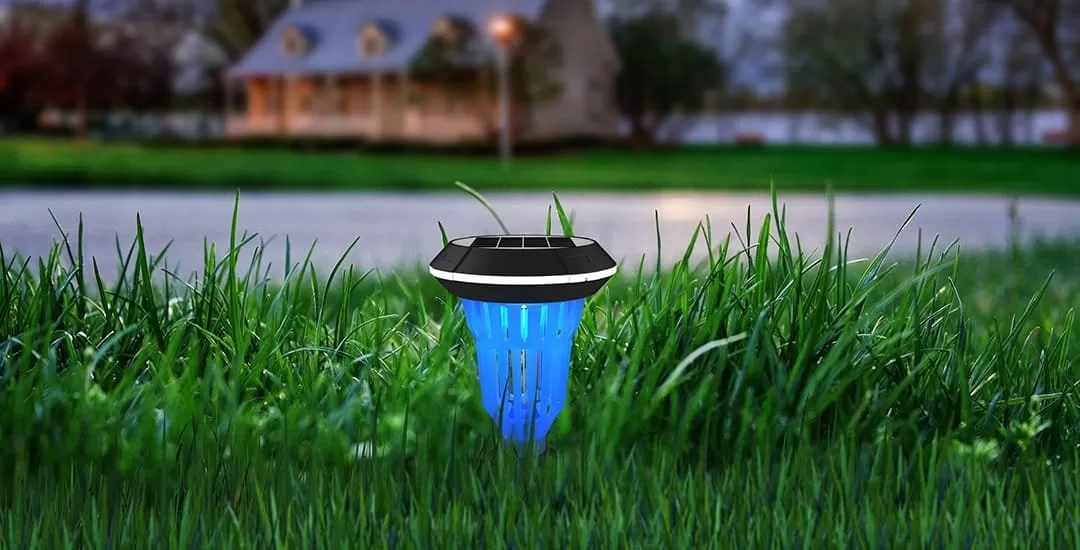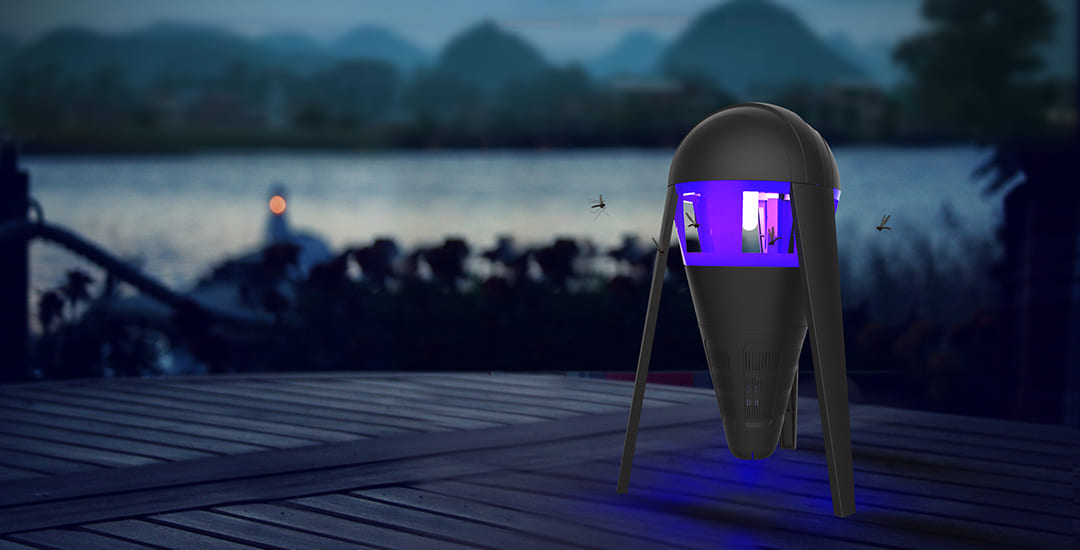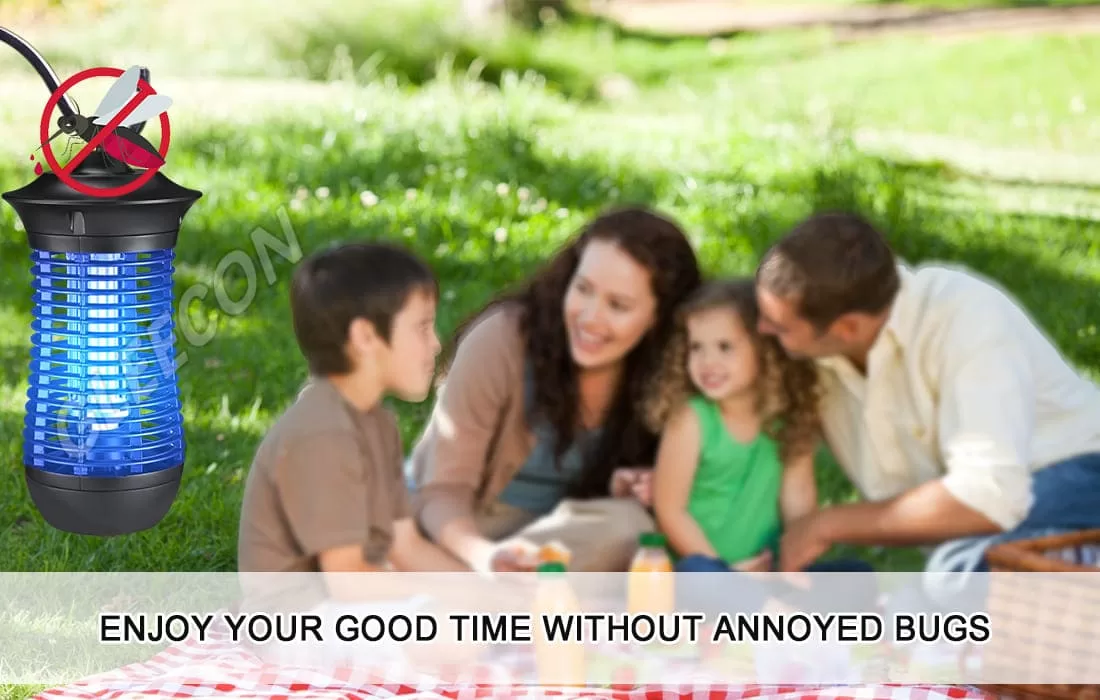Table of Contents
Intro
Flying insects can be a nuisance, especially during the warmer months. When it comes to dealing with them, bug zappers and bug sprays are two popular options. In this blog, we will compare bug zappers and bug sprays, highlighting their pros, cons, and overall effectiveness, so you can make an informed decision about which defense against flying insects is right for you.
1.Bug Zappers:

Bug zappers, also known as electronic insect killers, attract insects using UV light and then electrocute them upon contact with an electrified grid. Here are some key points to consider:
Pros:
- Effective attractant: The bright UV light emitted by bug zappers attracts a wide range of flying insects, such as mosquitoes, flies, and moths.
- Chemical-free: Bug zappers do not use any chemical insecticides, making them a safer option for humans and pets.
- Low maintenance: Bug zappers typically require minimal maintenance, with occasional cleaning to remove debris and dead insects.
Cons:
- Limited range: Bug zappers are effective within a limited range, usually up to half an acre. Placing them strategically near seating areas or entrances can improve their effectiveness.
- Ineffective against non-flying insects: Bug zappers are designed for flying insects only and may not provide effective control for crawling insects like ants or spiders.
- Noise and aesthetics: Bug zappers produce a distinctive zap sound when insects are electrocuted, which may disturb some people. Additionally, some find the bright light and appearance of bug zappers visually unappealing.
2.Bug Sprays:
Bug sprays, or insect repellents, are chemical formulations applied to the skin or sprayed in the surrounding area to repel or kill flying insects. Let’s delve into their pros and cons:
Pros:
- Versatility: Bug sprays come in various formulations (e.g., DEET-based, natural, or plant-based) catering to different preferences and needs.
- Wide range of effectiveness: Bug sprays can repel a broader spectrum of insects compared to bug zappers, including mosquitoes, ticks, gnats, and flies.
- Portable and convenient: Bug sprays are easy to carry and can be used both indoors and outdoors, providing immediate protection against pests.
Cons:
- Chemical exposure: Most bug sprays contain chemical ingredients that come into contact with the skin, raising concerns about potential health risks. It’s important to follow the instructions and apply them in well-ventilated areas.
- Frequent reapplication: Bug sprays typically require reapplication after a few hours or when exposed to sweat or water. This may be inconvenient during extended outdoor activities.
- Effectiveness can vary: Factors such as individual body chemistry, application technique, and insect species can impact the effectiveness of bug sprays.
Conclusion:
When it comes to choosing between bug zappers and bug sprays, there is no one-size-fits-all solution. Bug zappers are effective attractants for flying insects, chemical-free, and low maintenance. However, they have a limited range and may not target crawling insects. Bug sprays, on the other hand, offer versatility, wider effectiveness, and portability, but they require reapplication and involve exposure to chemicals.
Consider your specific needs, the area you want to protect, and your personal preferences regarding chemical use. In some cases, using a combination of bug zappers and bug sprays may provide the best defense against flying insects. Ultimately, the choice is yours, and by weighing the pros and cons, you can select the most suitable option to keep those pesky flying insects at bay and enjoy a more comfortable living environment.

